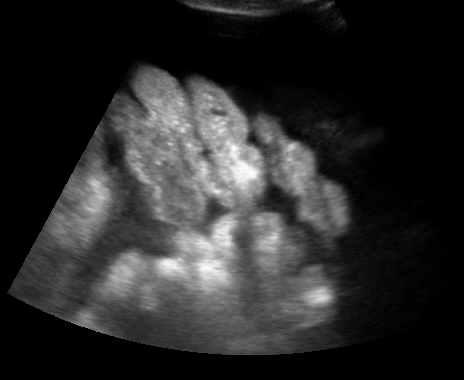Several conditions can lead to cirrhosis of the liver, which can affect the function of the liver. If portal hypertension is present, patients can experience GI bleeding due to esophageal, gastric, or rectal varices. In addition, they can develop ascites, or fluid in the abdomen, which can cause significant distension and discomfort. IR plays an important role in the care of these patients by performing biopsies to diagnose liver disease, draining ascites to improve patient comfort, and performing TIPS procedures to reduce reduce portal venous pressures.
liver biopsies
The evaluation of a patient with liver disease often involves the performance of a biopsy to help determine the underlying diagnosis. IR performs biopsies of the liver using ultrasound for guidance. The tissue obtained is then reviewed by a pathologist in order to better understand the cause and effects of liver disease.
TIPS PROCEDURES
As liver disease progresses, it can result in increased pressures within the portal venous system (portal hypertension). Portal hypertension can lead to GI bleeding from varices (distended veins) or the development of ascites. A TIPS procedure can re-route blood flow through the liver in order to reduce portal venous pressure and reduce the likelihood of further bleeding from varices.
ascites management
Liver disease can result in the develop of ascites, which is fluid that accumulates in the abdomen. This fluid results in abdominal distension and discomfort. IR can help by performing paracentesis procedures to periodically drain the fluid or by placing long-term drainage catheters into the abdomen so that this fluid can be drained at home.


